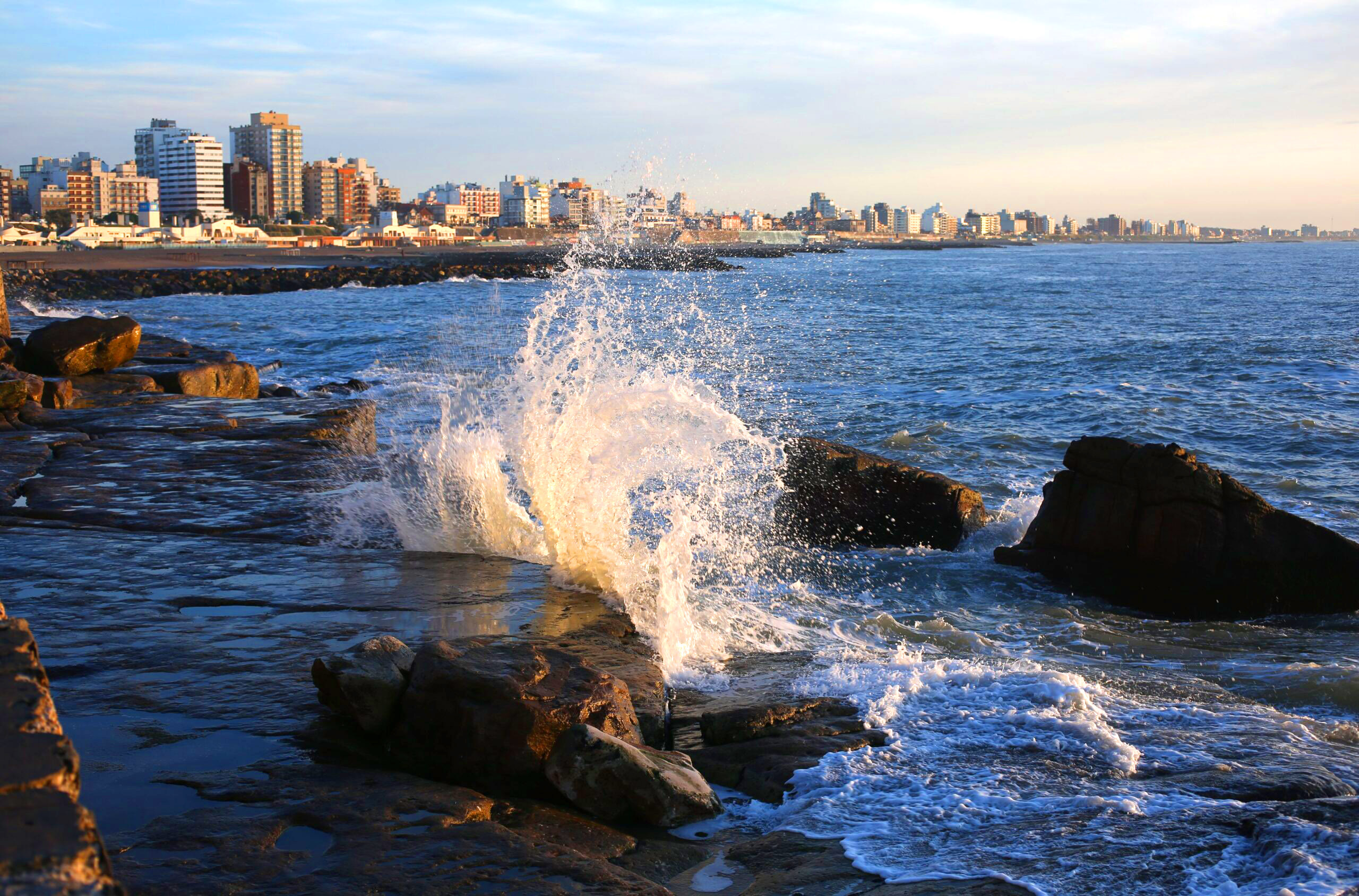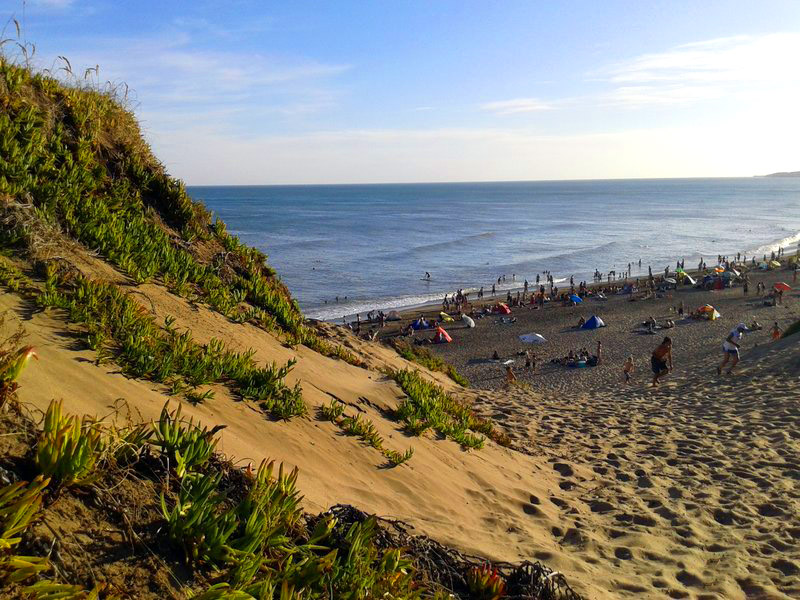
The Partido de General Pueyrredon, whose main city is Mar del Plata, is located on the Atlantic Ocean, in the southeast area of the province of Buenos Aires, in the following position: 38 degrees 00 minutes south latitude and 57 degrees 33 minutes west longitude.
It has an area of 1,453.44 square kilometers, of which the urban commons of Mar del Plata occupies 79.48 km2, with 39.2 km. sea coast.
The geographical center of the urban commons is located on Avellaneda street between Misiones and Italia.
Limits of the district of Gral. Pueyrredon
NE: Small Sea Party.
SW: Party of Gral. Alvarado.
HE: Argentine Sea.
NO: Balcarce party.

Relief
The mountains are part of the orographic system of Tandilia, which begins in Los Cerrillos (Bolívar) and ends in Cabo Corrientes, with an extension of 350 km separated by passes that motivate the formation of different groups.
Among the reliefs that we find in the Partido de Gral. Pueyrredon, the Sierras de Valdez, del Acha (190m.), La Peregrina (230m.), de los Padres (156m.) stand out. They are losing height from the West to the East, acquiring the shape of hills that culminate in Punta Iglesia; Point Stones; Cape Currents; Punta Cantera and Punta Mogotes. The maximum height of the city is 48m. above sea level.
These rocky points and in the same way the sierras, are made up of quartzite rocks of great antiquity and highly appreciated in the construction industry, being exploited in numerous quarries. Sediments of different origin filled the depressions and generated a gently undulating relief that tends to level off. On the coast, cliffs and beaches predominate. The first ones, made up of silty sediments, are located to the north and south of the city, characterized by their retreat due to erosion. The beaches have formed naturally between the rocky points, although man has contributed to their formation or to their gradual disappearance.

Hydrology
The General Pueyrredon District does not have rivers, but its topography originates the formation of streams and lagoons, among which are the following: Arroyo Corrientes; Lobería; Dry; Chapadmalal; the Brusquitas; of the Tiger; Anchovy; Waterhole; the Whaling; Huinco; cardinal; the Chakras; the Tapestry; the Leathers and the Boat.
Lagoons: parental; Ponce; Santa Rosa and the Pilgrim.
To the north of Mar del Plata, the cold currents from the Malvinas Islands and the warm currents from Brazil meet, which influence the aerological conditions in the area.
There is also an outcrop of deep cold waters, which with an extraordinary contribution of nutrients, ensured the existence of a rich fishing bank.

